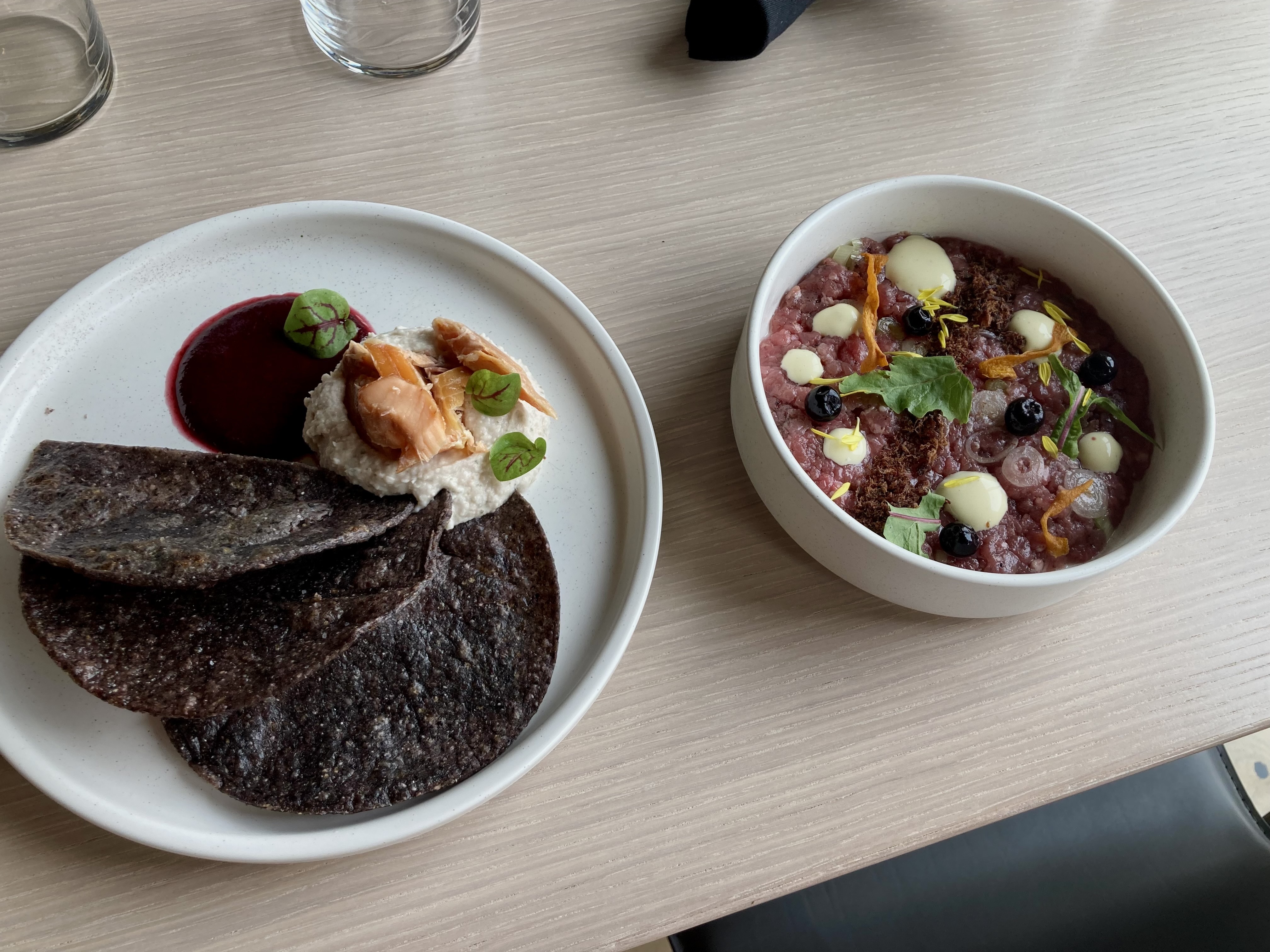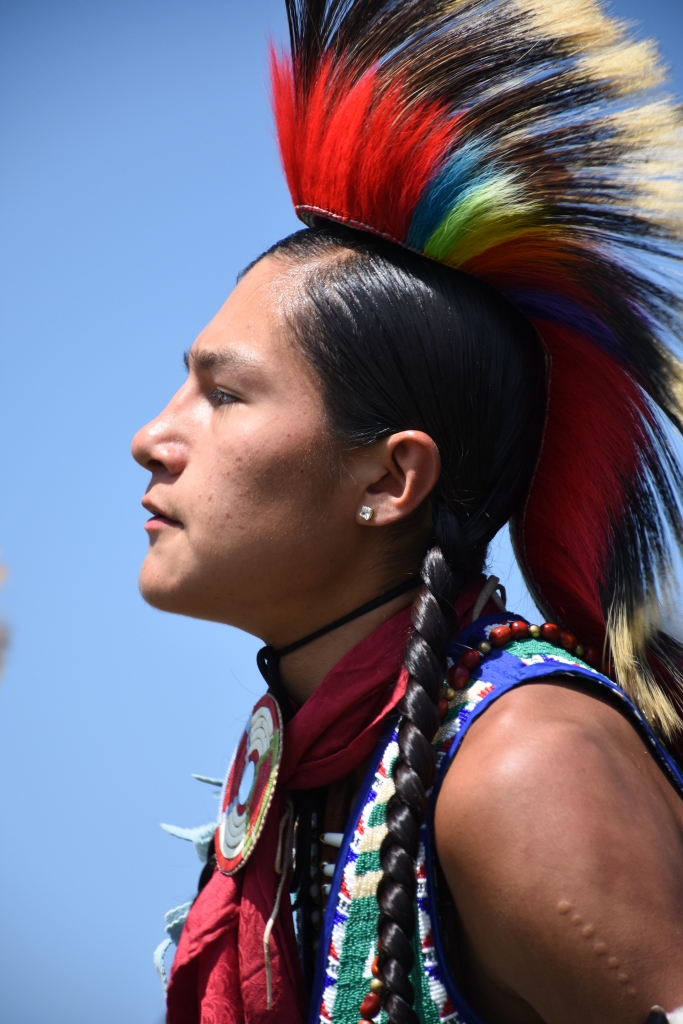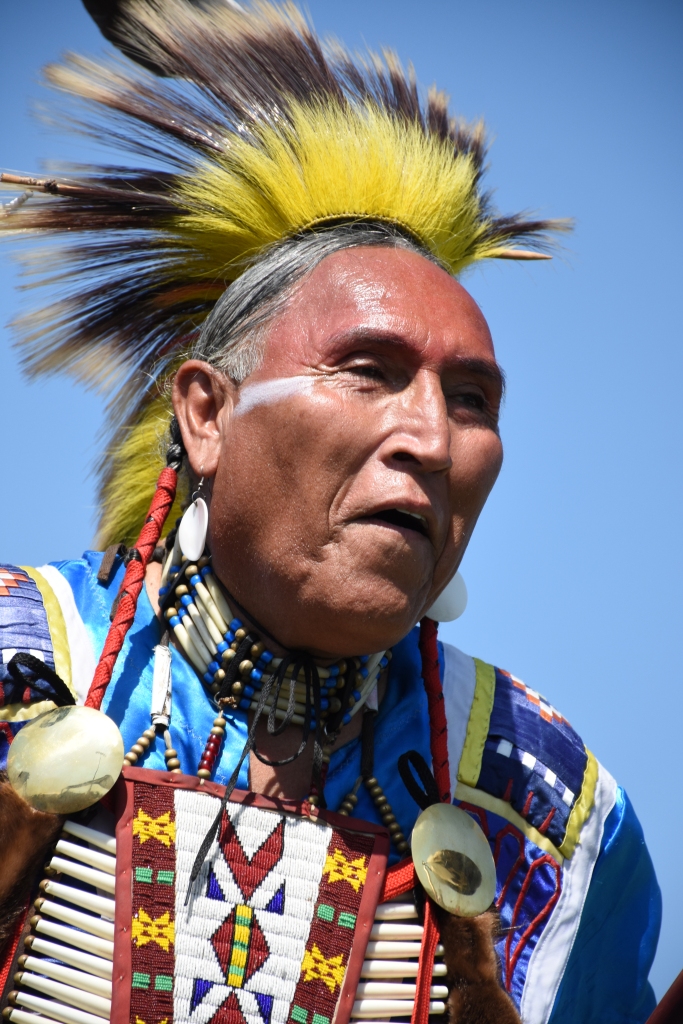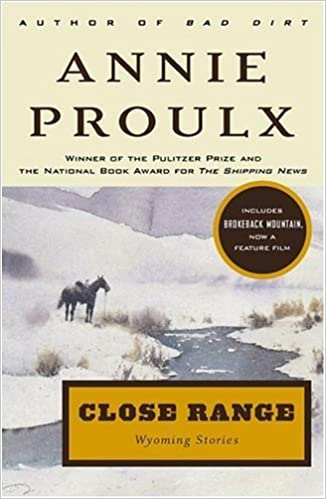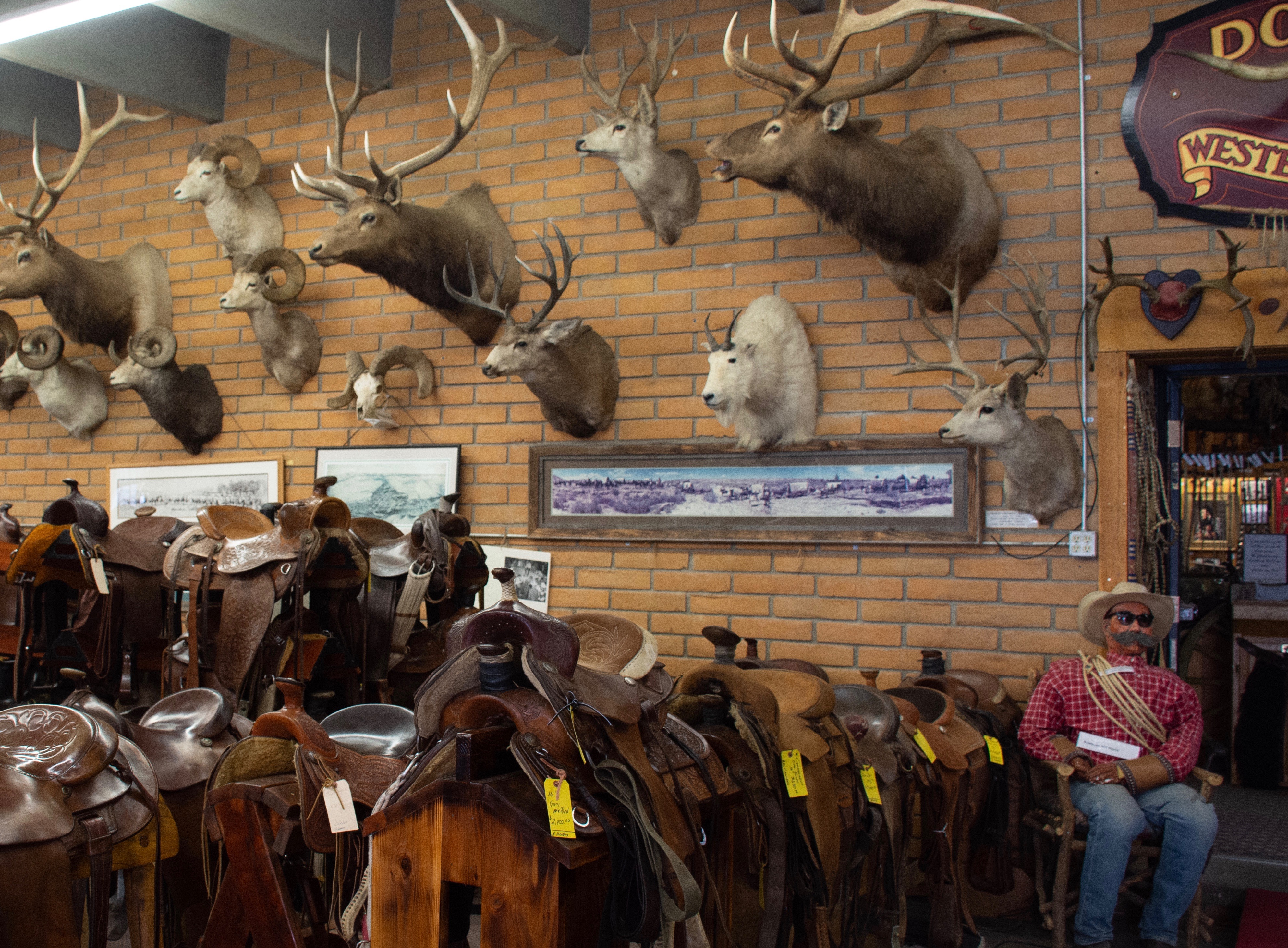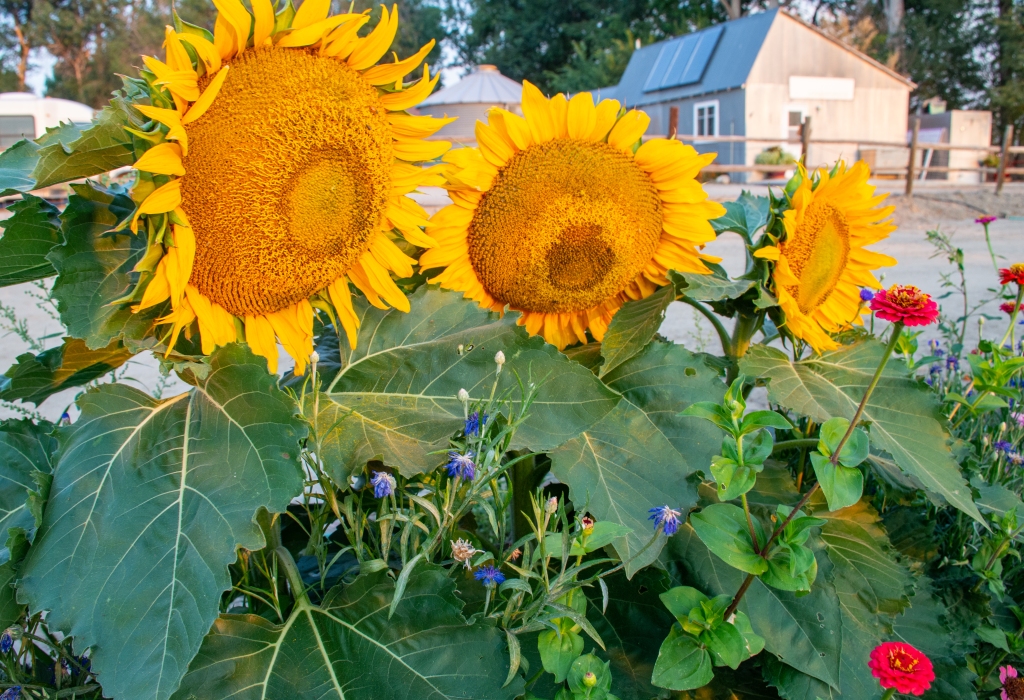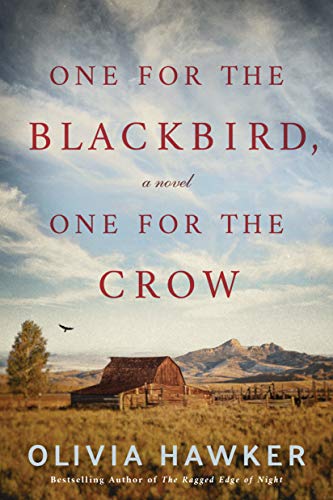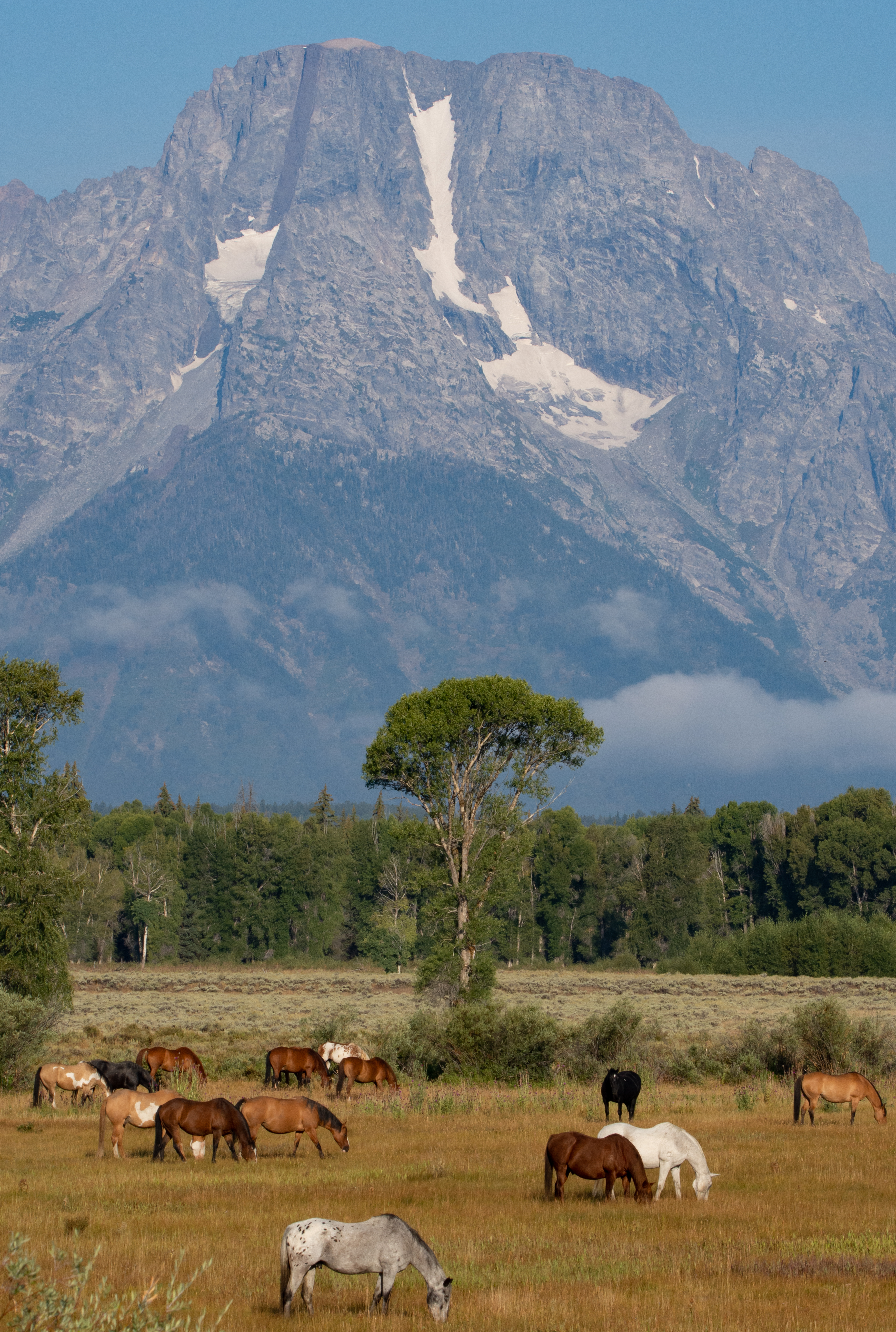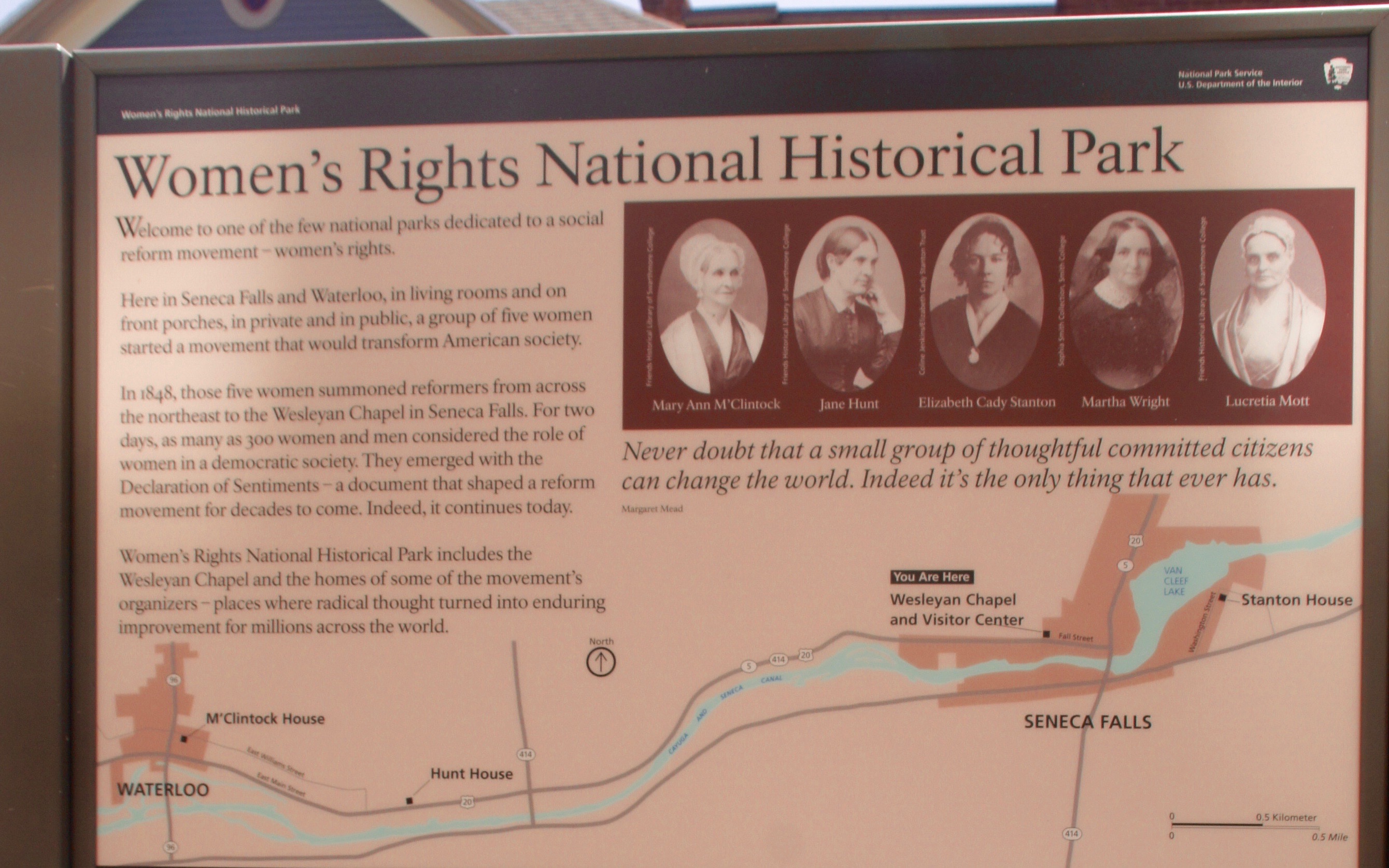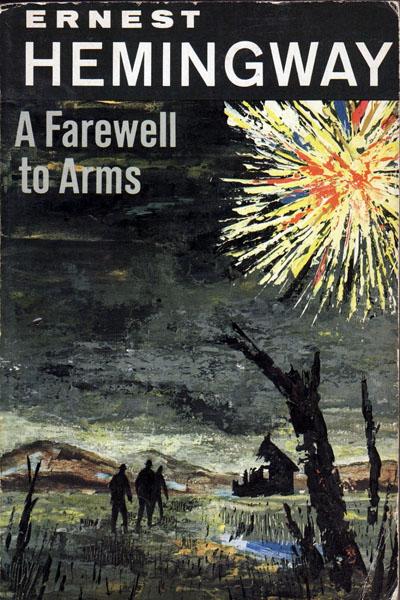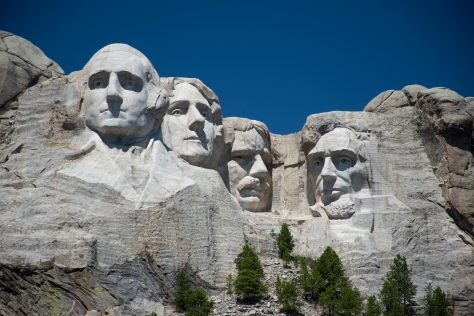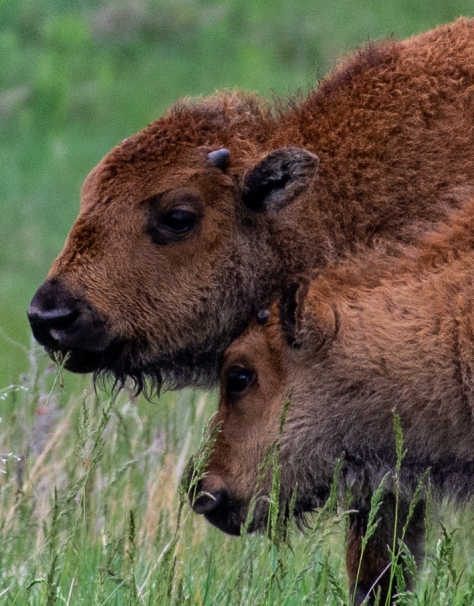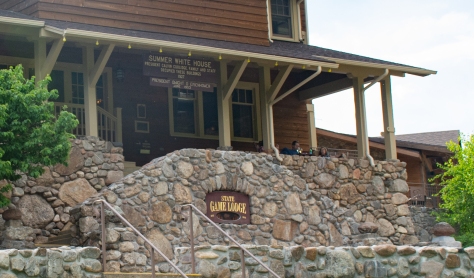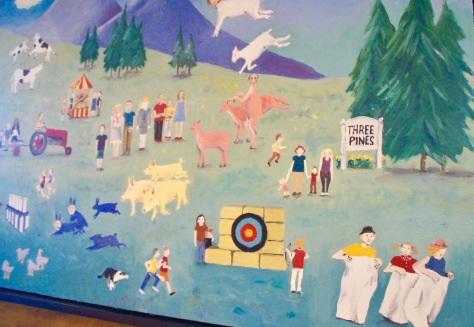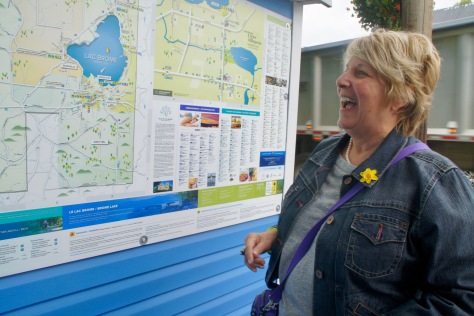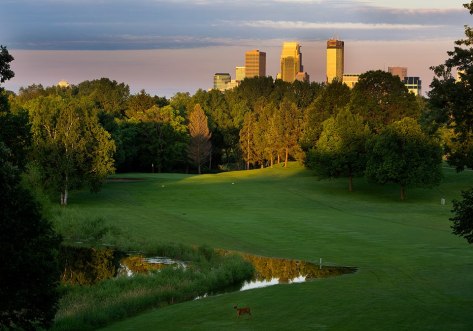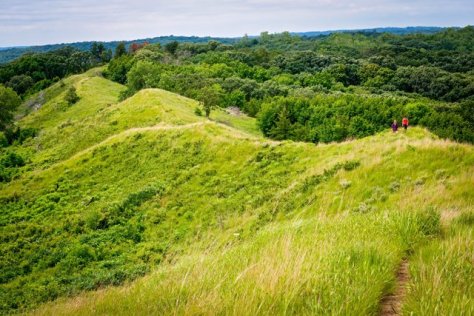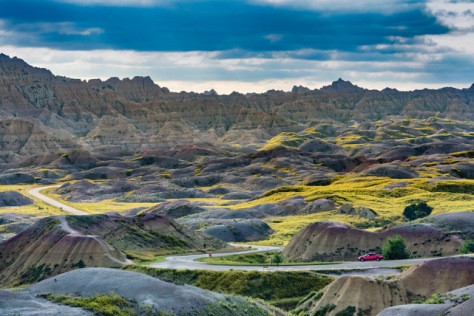
When it comes to travel, anticipation is half the fun. That’s why I read a huge assortment of books—both fiction and non-fiction—before going on a safari in Kenya.
This was a shooting-only-photos sort of safari, of course, and promised mind-blowing close-up experiences with the animals. Yet, in my pre-trip reading I found stories of people through their memoirs provided amazing adventure, along with historical context of the British colonial era versus the modern-day politics of Kenya. You can’t top the excitement, drama and tragedy of real life there.
Not going to Africa any time soon? These books will take you there anyway. Here are a few favorites;
Out of Africa
Probably the most famous story and movie of Kenya is Karen Blixen’s (a.k.a. Isak Dinesen) Out of Africa. If you haven’t seen the movie in a while, go find it because it’s a great romance story and just stunning visually.When we arrived in Nairobi, we stayed at the House of Waine, a little hotel in what is now called the Karen District, which is mainly comprised of land that was once Karen Blixen’s coffee farm. Though it took forever for her to travel to Nairobi from the farm when she moved there in the early 1900s, the city has grown so that the farm is now simply part of the city.



Her home is open for tours and looks much the way one would imagine it, though I didn’t see anyone who looked like Meryl Street or Robert Redford.
Beryl Markham was a British-born Kenyan aviator (one of the first bush pilots), adventurer, racehorse trainer and author. She was Blixen’s contemporary and also a competitor for the affection of safari hunter Denys Finch Hatton. She wrote of her adventures in West with the Night and Paula McLain covered her story in the novel Circling the Sun.
Love, Life and Elephants
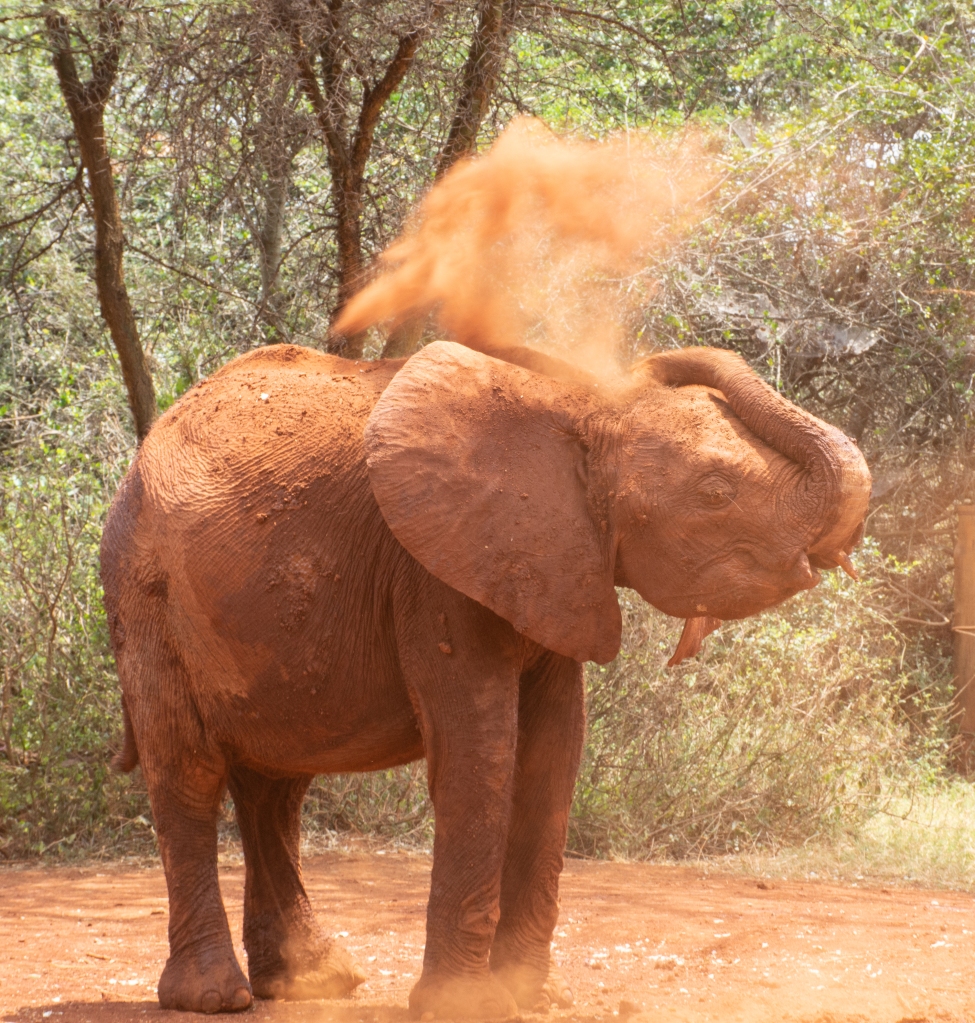
We stopped by the Sheldrick Wildlife Trust in Nairobi to see the staff there as they care for the baby elephants they rescue. The trust cares for hundreds of orphaned and injured elephants and re-introduces them into the wild. Elephants are super social animals that love to play and tussle in the mud and dust. I’m a proud adopted parent of a baby elephant named Esoit whose mother was mortally wounded and the Sheldrick Wildlife Trust brought him to its Nairobi compound. Check out the Sheldrick Wildlife Trust web site to adopt your own elephant and find out more about this remarkable organization.

Dame Daphne Sheldrick tells her story of growing up in Kenya and the founding of this organization in her book Love, Life and Elephants.
Another must-see in Nairobi include the Kasuri bead factory where artisans who are single moms or developmentally disabled fashion beautiful beads by hand. And, they occasionally take breaks for beautiful singing.

Finally, Nairobi’s Giraffe Centre giraffecentre.org offers an opportunity to get up close to giraffes (close enough to feed them from your hand) and learn about efforts to save their habitat.
Born Free
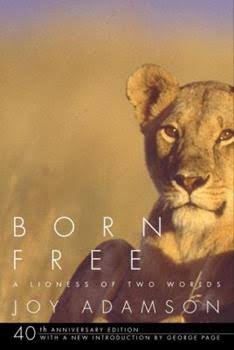
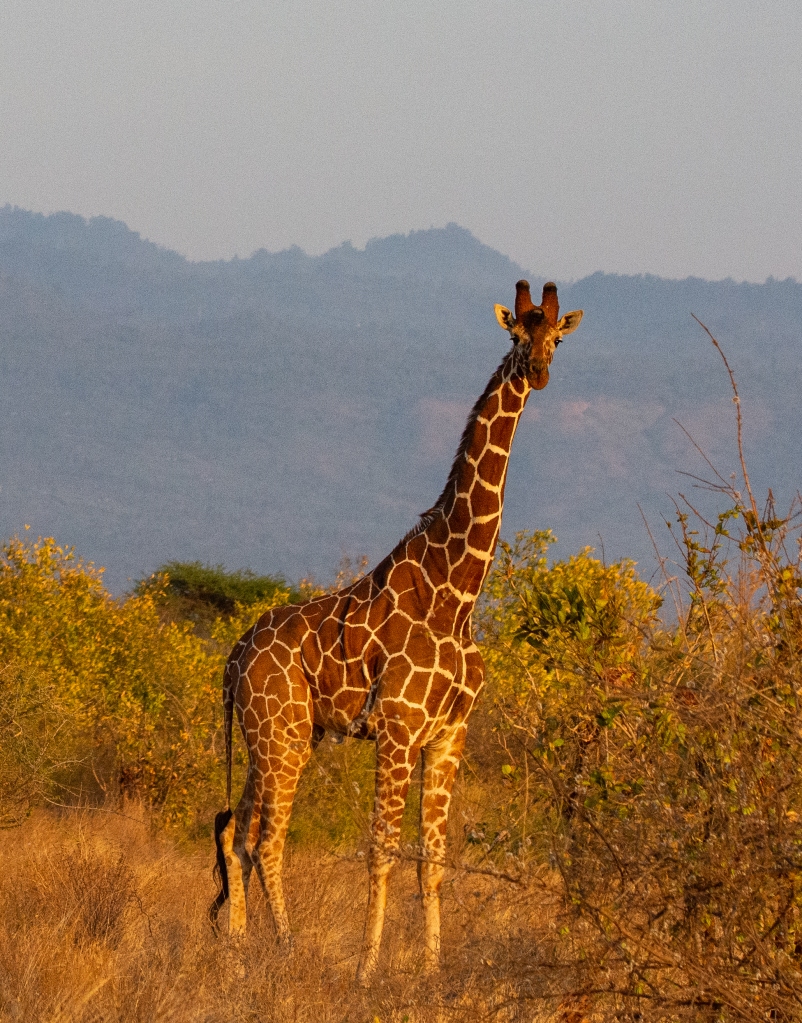
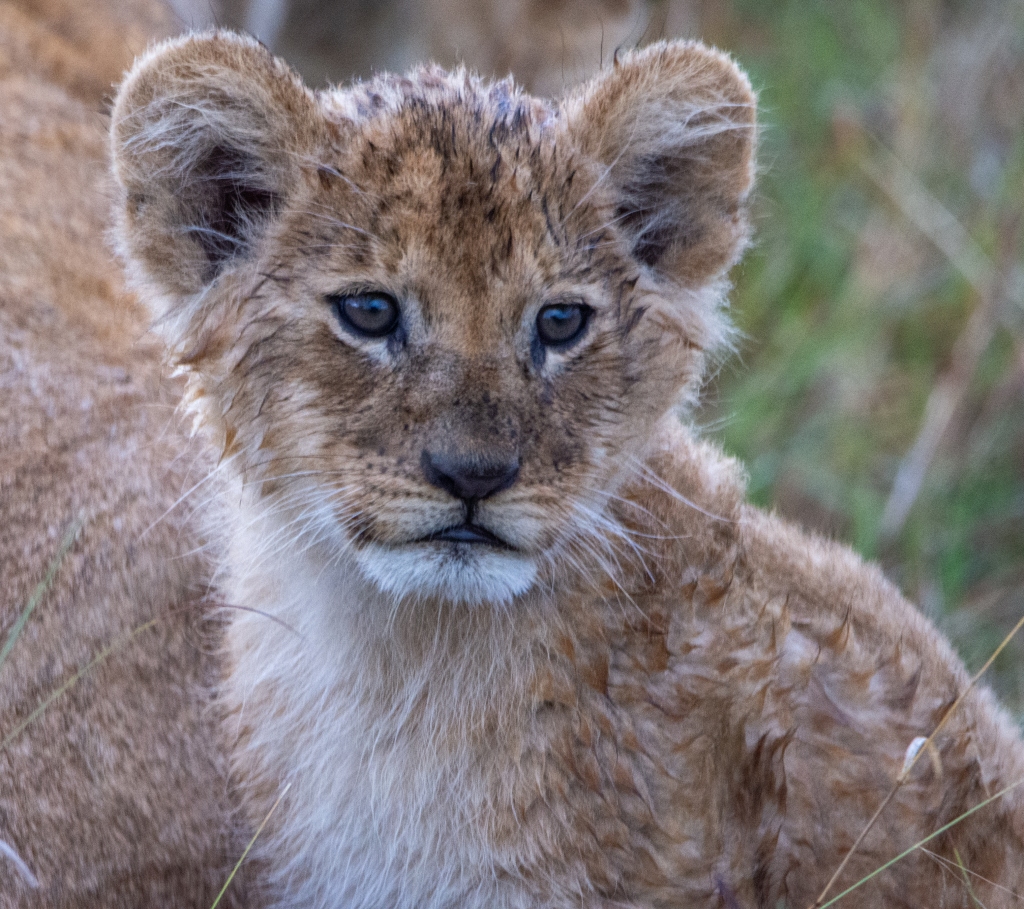
In her famous novel, also later a movie, Born Free: A Lioness of Two Worlds, Joy Adamson recounts the story of Elsa the lion cub as she make the transition between the captivity in which she is raised and the wild to which she is returned. Our first stop in the bush was in Meru National Park and we stayed in a camp called Elsa’s Kopje. It’s located above the site of George Adamson’s original camp where he raised and released orphan lions. The intricately thatched cottages and other lodge buildings are sculpted right into Mughwango Hill. sometimes with boulders and trees inside, and look like hobbit houses. Here in the khaki colored grasslands we had our first encounters with with elephants, giraffe, zebra and birds galore.
We also visited Lewa Wildlife Conservancy, Mara North Conservancy and Maasai Mara National Reserve where we saw herds of zebra and wildebeast that stretched for miles as they made the Great Migration across the Mara River between Kenya and Tanzania.
We saw the “big five” —lions, leopards, rhinocerus, elephants and water buffalo. Half the fun came via the friendly hospitality of the Kenyan people as well as the incredible knowledge—and eyesight!—of the guides who drove us around. They helped us spot everything from ostriches to wart hogs, find elusive leopards and watch a pride of lions and their cubs right out of The Lion King.
I Dreamed of Africa

The Italian-born author and environmentalist Kuki Gallmann tells the story of her life in Kenya and its rewards and tragedies in her memoir I Dreamed of Africa. After reading that book, I was much more worried about puff adders than the larger animals I encountered. You can follow her on Facebook. https://www.facebook.com/KukiGallmann
Unbowed



If you’re looking for something that isn’t all about white people coming to live in Kenya, Wangari Mathia’s autobiography Unbowed, reveals the struggles and accomplishments of an amazing Kenyan woman who grew up in the central highlands of Kenya when it was still a British colony. She became a politician, environmental activist, and in 2004, the first African woman to receive the Nobel Prize for Peace. She founded the Green Belt Movement which had by the early 21st century planted some 30 million trees. Leaders of the Green Belt Movement established the Pan African Green Belt Network in 1986 in order to educate world leaders about conservation and environmental improvement.
It’s a terrific book to understand the interplay between environmental conservation and the local people’s economic well-being, and how humans and animals must co-exist.









